PAPA …lived half his life in Key West and Havana
PAPA …lived half his life in Key West and Havana
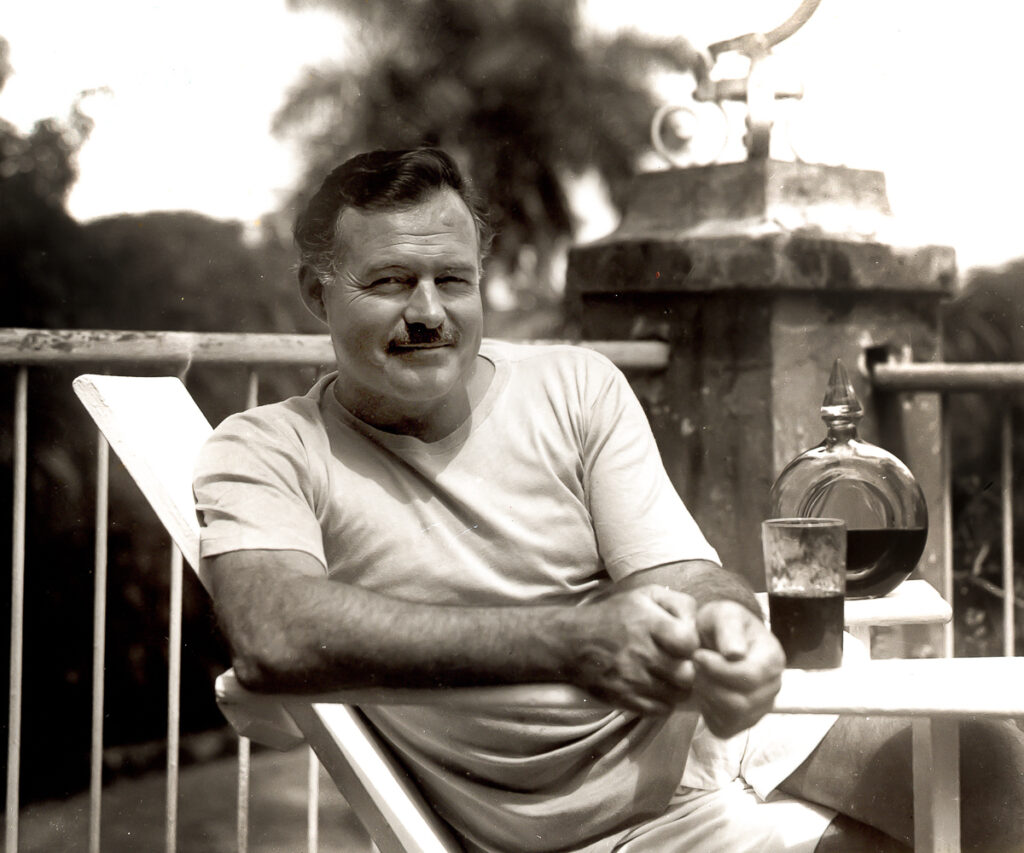
Early Key West photo of Papa.
Born July 21, 1899, Ernest Hemingway is recognized as one of the greatest writers of our era. He was an admirer of the characteristics and cultures of Key West and Havana for over three decades. He lived in Paris, Madrid, and at the end, Ketchum, Idaho. He often traveled to Pamplona, Sun Valley, and on safari in Africa but it was Key West and Havana he called home. After having spent nearly half of his life living on these two island, Hemingway died a few weeks before his 62nd birthday at a home in Idaho.
His mother, a musician, taught her very reluctant young son to play the cello. He performed in the high school orchestra. Later, Hemingway would acknowledge the music lessons significantly contributed to his writing style. His father would take him fishing and hunting. While in high school, he was very active in sports and later edited the school newspaper. All of these activities influenced his life and writings.
After a serious injury in World War I, Hemingway returned to the U.S. In 1921, he moved to Paris and enjoyed the company of the eclectic and somewhat eccentric artist community. He moved to Key West in late 1928.
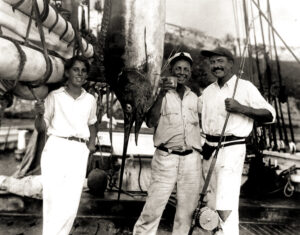
Papa with his fishing buddy Sloppy Joe Russel and a giant Marlin caught off the north coast of Cuba near Havana
Hemingway enjoyed fishing for giant marlin in the Gulf Stream and drinking with good friends at Sloppy Joe’s in Key West and El Floridita in Havana. He loved the climate and culture of both cities. He refereed boxing matches in the backyard of a bordello (now Blue Heaven). He enjoyed the depression era isolation of Key West, writing his novel To Have and To Have Not during that time. The culture of these two islands became a part of Hemingway while the world changed dramatically all around him.
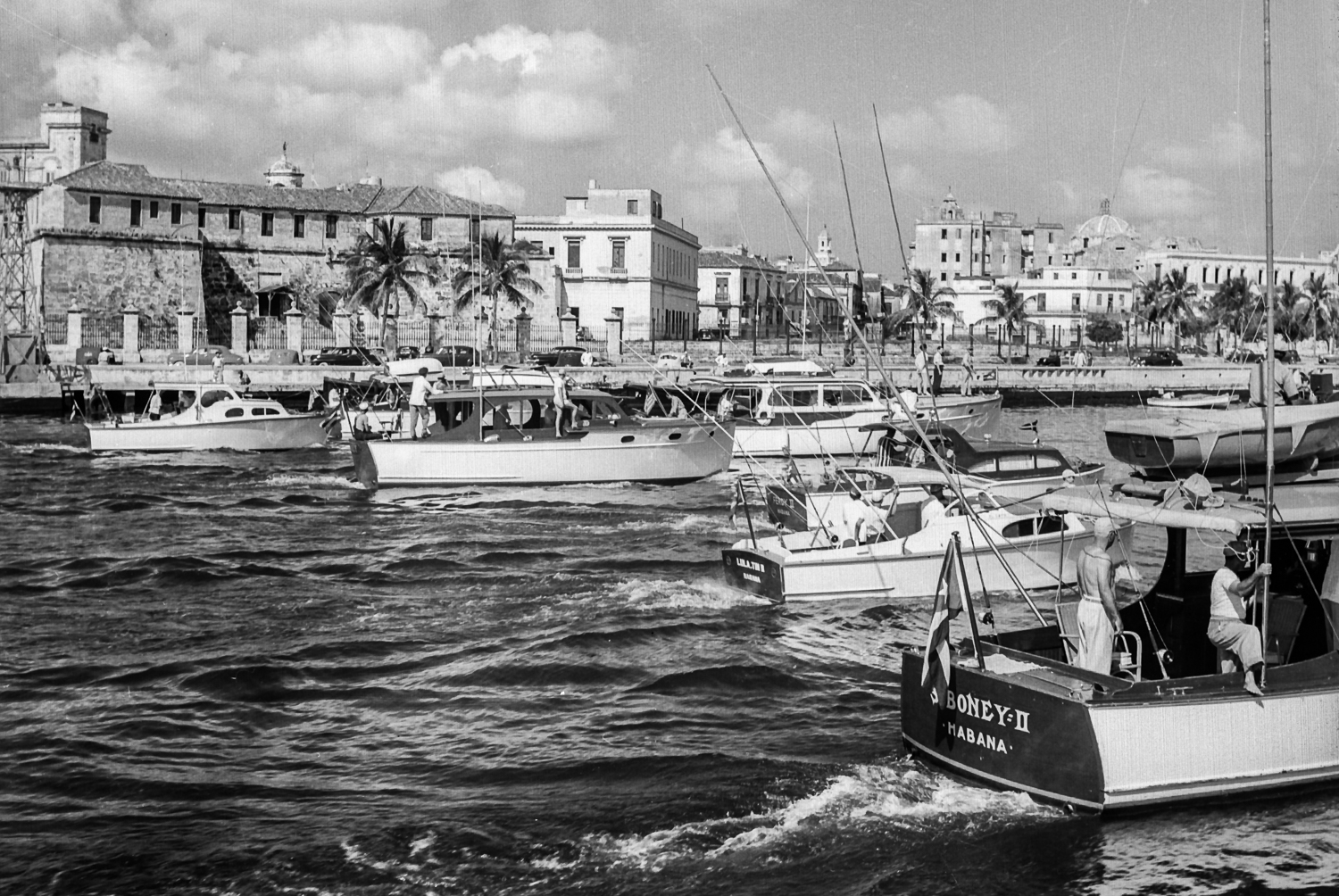
Opening day of one of the first Heminway Marlin Tournaments in Havana.
His Key West home, located on Whitehead Street, was lush and boasted the first in-ground swimming pool on the island. The property had a huge wall and a secluded studio that was perfect for the writer. His Cuba home, which he called Finca Vigia (Lookout Farm), was located just outside the village San Francisco de Paula. It was perched high on a hill overlooking Havana and was much larger and more secluded than the Key West home. It had a studio tower to overlook the beautiful countryside while he was writing.
In 1939, Hemingway left Key West because he felt the town, with all the new WPA sponsored tourist promotions, was losing its Bohemian culture. He lived for nine years in Key West and twenty-one years in Cuba.
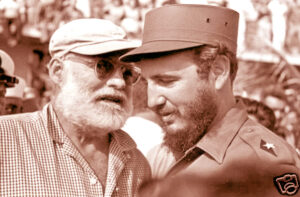
I’ve always wondered what Papa was saying to Fidel.
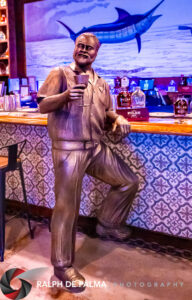
A full size Bronze of Papa at the Hemingway Social Club on Simonton Street, Key West
The end of Prohibition, the Great Depression, World War II, the Atomic Bomb, and the beginning of the Cold War all happened while he penned his own legend on these two islands. Hemingway lived in Cuba enduring the reign of Batista and witnessed the Castro inspired revolution. They only met once which was during the first annual Hemingway Marlin Fishing Tournament in June 1960 – Fidel Castro won. There is not much recorded about Hemingway’s feelings for Castro but Fidel really admired Hemingway. He would later have Hemingway’s Finca Vigia guarded and protected. He moved Hemingway’s beloved fishing boat, “Pilar” from the harbor in Cojimar to the Finca Vigia and kept the historic site intact for the next 60 years.
Hemingway’s story, The Old Man and the Sea, was awarded a Pulitzer Prize for Fiction and was cited by the Nobel Committee as an example of his “mastery of the art of modern narration”. In October 1954, he was awarded the Nobel Prize in Literature. In the story, the boy, sea, marlin, and sharks were all symbols of the characteristics that he loved. The sea was both a friend and an enemy, the generational difference between Santiago and the boy was symbolic of both hope and dignity – the marlin was a worthy opponent that brought out the best in both. Their strength and character reflected their place in nature as did their old age and wisdom.
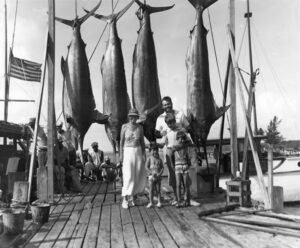
Pauline, Patrick, Ernest, John, and Gregory Hemingway with four marlins on the dock in Bimini, 20 July 1935. Please credit, “Ernest Hemingway Collection/John F. Kennedy Presidential Library, Boston.”
The two cultures Hemingway loved for half his life were symbolic of his own life. These two islands in the stream, Key West and Cuba, shared the special characteristics that made him Ernest Hemingway: the freedom and adventure of the ocean, the friendships, the constant renewal of spirit, and especially the music.
The world changed dramatically and some say Hemingway changed but the cultures of these two islands that he loved continued. His spirit still roams the streets of Havana and Key West.
Hemingway Days, celebrating the life and work of Nobel Prize winning author Ernest Hemingway, will be July 23-27.
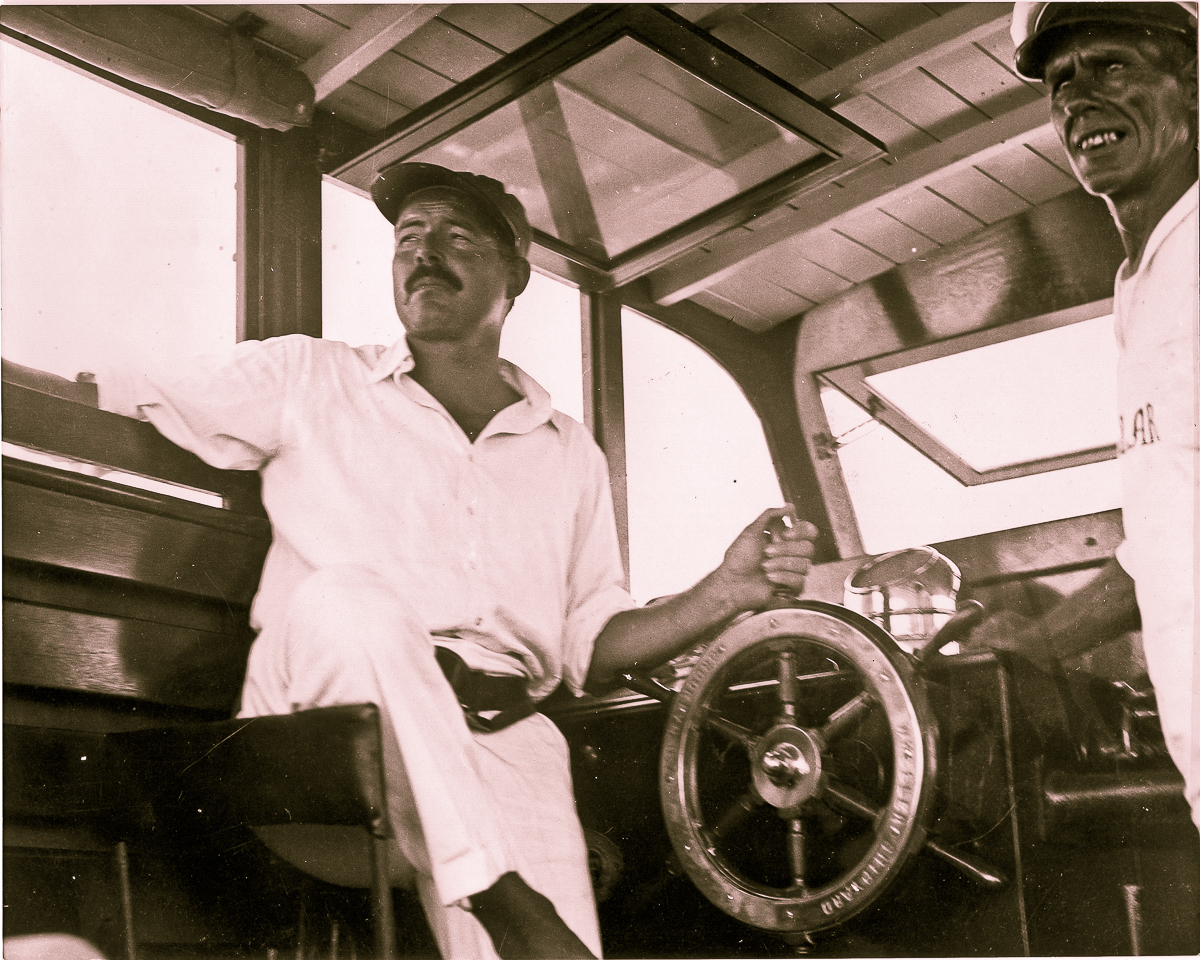
Papa and his long time fishing boat captain Gregorio Fuentes aboard the Pilar for another day on the Gulfstream.
There are no comments yet, add one below.



Leave a Reply